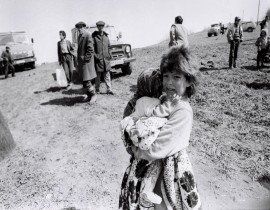Politicon.co
A Failed Empire: The Soviet Union in the Cold War from Stalin to Gorbachev
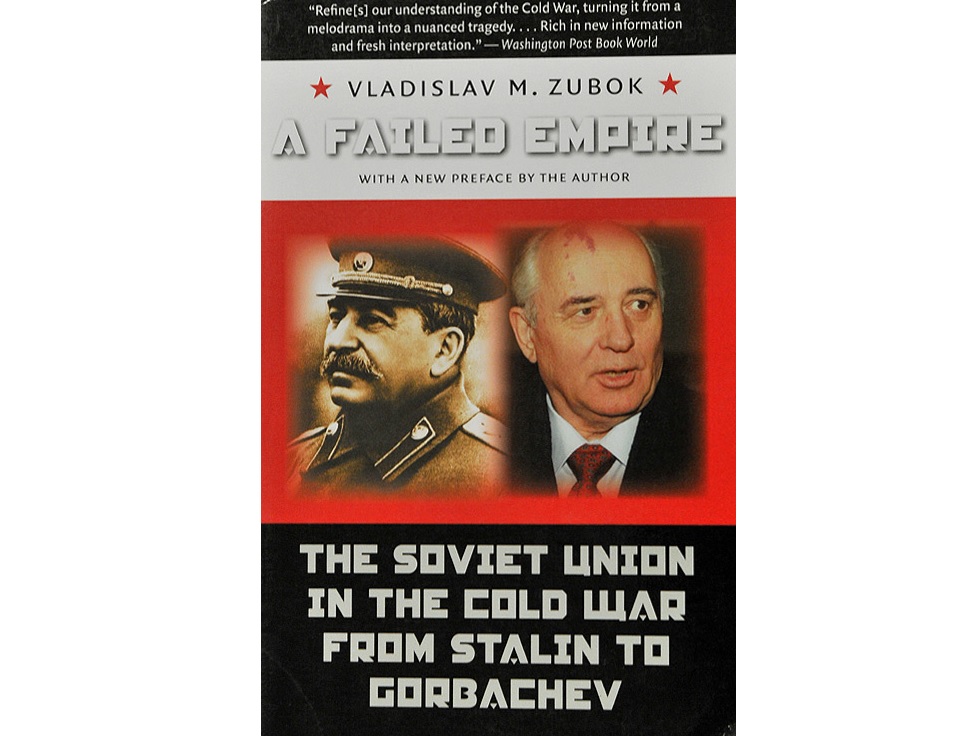
Despite its violent first half that experienced two world wars, the second part of the twentieth century was remarkably spared from witnessing a World War III. Even though that the major war did not break out, still there was a period of intense hostility between two super-powers, the United States and the Soviet Union. This period of hostility that has seen no actual warfare between two major powers has gone down history as the Cold War.
For more than four decades, starting from the end of the War War II until the collapse of the Soviet Union, tension between the East and West have shaped relations between states, economies, cultures and peoples. In fact, this conflict was not a traditional conflict but rather a competition for value systems. In such a way that it was an ideological conflict that involved not only military and financial resources but also values and ideas. It could be probably best explained by Josef Stalin’s himself: “This war is not as in the past; whoever occupies a territory also imposes on it his own social system. Everyone imposes his own system as far as his army can reach.” (Nye and Welch, 2013)
For years, historians have intensively written and commented on the causes, events and consequences of the Cold War. Nevertheless, until very recently, to my knowledge, there was only few that have studied the Cold War from the Soviet perspective. Therefore, there was an increasing need to research the Cold War from Soviet point of view. This, however, was difficult until the archives of the Empire were opened in the beginning of 1990s. Vladislav Zubok was quick to use the opportunity and published his book titled as ‘A failed Empire: The Soviet Union in the Cold War from Stalin to Gorbochev’ where he examined Kremlin’s perspective under different leaders.
The book is made of ten chapters. Each chapter discusses one Soviet leader and the crucial phases throughout the Cold War. What is innovative about this book is that the author left aside the much studied aspects of the Cold War such as the history of diplomacy or crisis throughout the Cold War. Instead, he focused the attention on Soviet behaviour. According to Zubok, one cannot examine the Soviet behaviour without understanding the nature of the Empire, the nature of the regime and the profound changes that happened in Soviet society. By discussing the change in Soviet society, he argues that there was one type of society in 1945, a society that was exhausted by the war experience. At the same time, it was the society with elites with the idea of pride, with the idea of centrality of the Soviet Union in the world. He continues by arguing that after winning the war a new kind of imperialism emerged for the Soviet elites — social imperialism. The approach was thought to ensure that the enemy would never ever invade the Soviet Union, thus standing a hundred percent secure. Besides this, that socialism must be spread in the third world became a central idea for a whole generation throughout the 1950s and 1960s.
The author gives a detailed explanation of driving motives that came into play to confront the West. In order to understand the mindset of communist leaders and consequently the USSR’s actions as well as the shifting nature of the Soviet policies, he used a dualistic approach entitled “revolutionary-imperial paradigm”. Soviet behaviour is explained by the interaction between traditional imperial motives and the revolutionary ideals of Communism. Traditional imperial motive originating from Tsarist Russia was to enhance Soviet security. On the other hand, it was Lenin’s aspiration to spread communist ideals around the world after the Bolshevik revolution of 1917. According to the author, imperialist goals and sentiments were cohabiting with the revolutionary ideals and sentiments during the Cold War. For instance, in the case of Stalin, expansion and power relations were more important than revolutionary ideals. He points that the factor of leadership is vital to explain the Soviet nature. Especially, with the highly centralised regime that existed in the Soviet Union at that time.
The book gives a thorough introduction of the origins of the Cold War under the leadership of Stalin, who was a truly pivotal figure for the Cold War. Even as many revisionists claim that the United States launched the Cold War by opposing the Soviet regional plans, the author asserts that it was Stalin’s decisions and programs defined to a great extent the longevity of the fact that the Cold War lasted for decades. The Soviet leader’s space programs enabled the Soviets to launch the first Sputnik, while his atomic programs ensured that the Soviet Union would reach practically nuclear parity with the U.S. twenty years later. Therefore, Stalin’s perception of the world would be compatible with Zubok’s definition of imperial-revolutionary paradigm but with more emphasis on imperial.
A Failed Empire continues with that Stalin had a strong desire to create a security buffer zone by controlling different territories and used ideological rhetoric in order to mobilise Soviet people for this. In Kremlin leaders’ opinions, the Soviet Union’s security depended on territories that they control. As it was the same for Tsarist Russia, the most important goal on this matter for the Soviet Union was to gain control of Eastern Europe and the Balkans, not only territorially but also by promoting communist ideals. In addition, the author argues that Stalin used the nationalism of Soviet countries such as Georgia and Azerbaijan to push territorial claims for the like of Iran and Turkey.
But, not surprisingly, Stalin’s ultimate goals were incompatible with those of the United States. He failed in an attempt to build an empire without going into conflict with the U.S. According to Zubok, the major contributory factor to the outbreak of the Cold War was Soviet policies that involved interference in countries like Turkey and Iran. These Soviet actions, outside the areas of cooperation agreed upon at Yalta and Potsdam, triggered the U.S. to come up with a containment strategy.
Nikita Khrushchev’s importance in the big picture of the Cold War from 1953 was his development of a foreign policy, which sought to open a new window into the relations with the West. He calculated that his policy would prevent the further militarisation of the Cold War, which would eventually give Moscow more room to manoeuvre on the international stage. According to Zubok, despite the fact that there was a new policy, Khrushchev still embraced the “imperial-revolutionary paradigm” and maintained the spread of communism in the third world. He asserts that internationally the Soviet Union was more committed to the revolutionary and imperialist goals than determination to peacefully coexist (as claimed by Khrushchev). It must be noted that the Cuban missile crisis (often considered to be the most dangerous period of the Cold War that could end up with a nuclear catastrophe) occurred under Khrushchev’s leadership. Not to mention, Kremlin’s increasing support to the third world socialists and controversies over Berlin created even more disturbance between Moscow and Washington.
The next Soviet leader examined by Zubok is Leonid Brezhnev that ruled from 1964 to 1982. The author studies Brezhnev’s role in the Cold War with admiration and analyses the attempts taken by Breznev in order to ease the hostility between two super powers and start negotiating. This period is known as détente. As Zubok explains that Brezhnev was the member of a generation that suffered from the consequences of war, so it is normal that he had a great desire for détente in order to avoid war and to keep peace. Zubok continues that Breznev’s major goal was to repair the damage that was done by Khrushchev and his brinkmanship policy. Though, his desire to avoid war and maintain the peace does not necessarily mean that Soviet Union had given up on its revolutionary-imperial goals. Zubok suggests, Breznev was the leader that believed Soviet security could be best achieved if there is stability between Soviet Union and United States. It was under his leadership, Moscow, to a large extent, refrained from using force and instead invested great efforts to enhance relations with the West. Though, in the meantime Kremlin kept its military build-up and expansion towards the third world. By the end of the chapter, the author leaves an impression that he claims that relations between the US and USSR had normalised largely thanks to Brezhnev.
Then ‘A Failed Empire’ examines the term of the last Soviet leader — Mikhail Gorbachev (1985 until the fall of the Soviet Union). Even today he is considered as a reformer for a lot of people, notwithstanding that he ended up with failure. Zubok further explains that Gorbachev belongs to so-called ‘60s generation’ — a generation that had totally different ideals from those traditional Soviet leaders. Since he stepped up as a new leader, Gorbachev made changes in foreign policy affairs, hoping that he could end the Soviet Union’s isolation, wipe away old Soviet ideology and by doing so reinvigorate already the stagnant Union. But, things did not end up as he planned and eventually he failed. Instead, his policies destabilised the USSR and exhausted its ability to compete in great powers race. Nevertheless, when Zubok evaluates the end of the Cold War, he gives the most of credit to Gorbachev for bringing the decades-long conflict to an end. Regarding the collapse of the Soviet Union, he shares the wide-spread view that American role on this matter was rather limited. He explains his view that neither the strategy of containment nor Reagan’s Star Wars pushed the Soviets to its end. For Zubok, aggressive U.S policies only served to extend the Cold War. At this point, I personally hardly share Zubok’s views. Because, the fall of the Soviet Union was also the result of economic problems that Gorbachev was convinced for the necessity to have reforms. This in turn eroded the strength of the revolutionary-imperial paradigm and the power of the Soviet Union.
To sum up, Zubok’s ‘A Failed Empire’ constructs a critical, but mostly fact-based analysis of Soviet nature, which makes it specific book. It primarily focuses on Soviet leaders (and Soviet elite). In this respect, it examines the whole period of the Cold War through crucial generational and societal changes in the Soviet elites. As previously explained, these changes involved ideological changes from time-to-time according how Soviet leaders saw war and peace, and what were like their ideas and values. Most of the book is about the generation that grew up under the Stalin leadership and came to power during the Khrushchev period. But he emphasizes how Gorbachev, a member of different generation, played an important role in bringing the end to the Cold War. To conclude, the book is thought-provoking, while its writing style allows readers to get to the bottom of arguments easily. In general, I believe, the book is an important contribution to the study of the Cold War from Soviet leaders’ and Soviet people’s perspective.
Bibliography:
1. Nye, Jr. S. J. & Welch, A.D. (2013). Understanding Global Conflict and Cooperation: an introduction to theory and history. New Jersey: Pearson
2. Zubok, Vladislav. (2007). A Failed Empire: The Soviet Union in the Cold War from Stalin to Gorbachev. US, North Carolina: University of North Carolina Press
About the author:
Kamran Ismayilov is a Research Analyst based in Trento, Italy. He holds a BA from Istanbul's Beykent University and MA in European and International Studies from the University of Trento. His research interests embrace whole spectrum of EU foreign and security policy related issues as well as foreign and domestic politics of the Eastern European and South Caucasian countries.
![]()
- TOPICS :
- Conflict and peace
- Geopolitics
- History
- Theory
- REGIONS :
- Russia and CIS

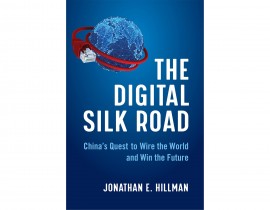
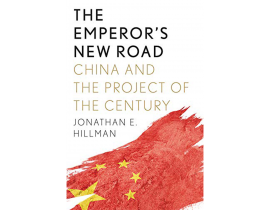
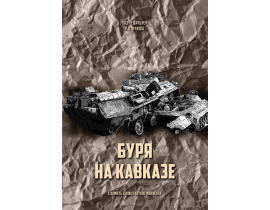
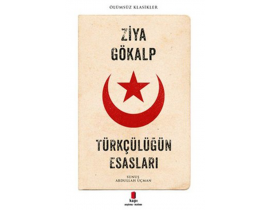
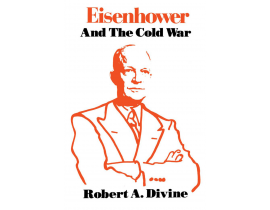
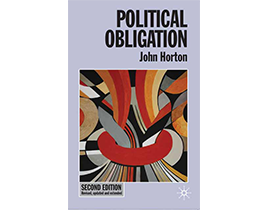
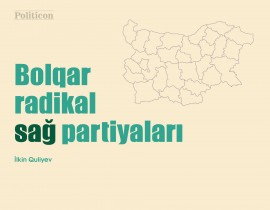
jpg-1599133320.jpg)
